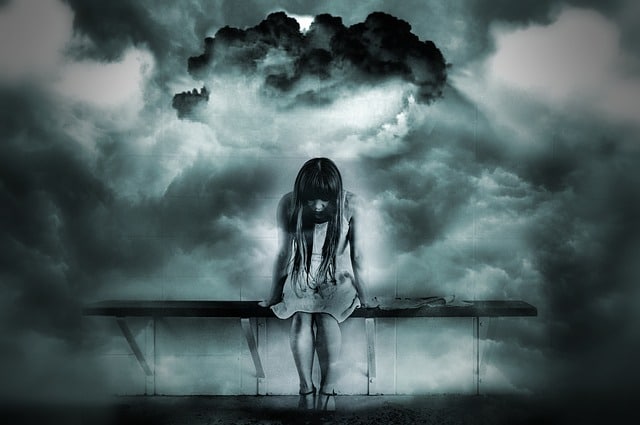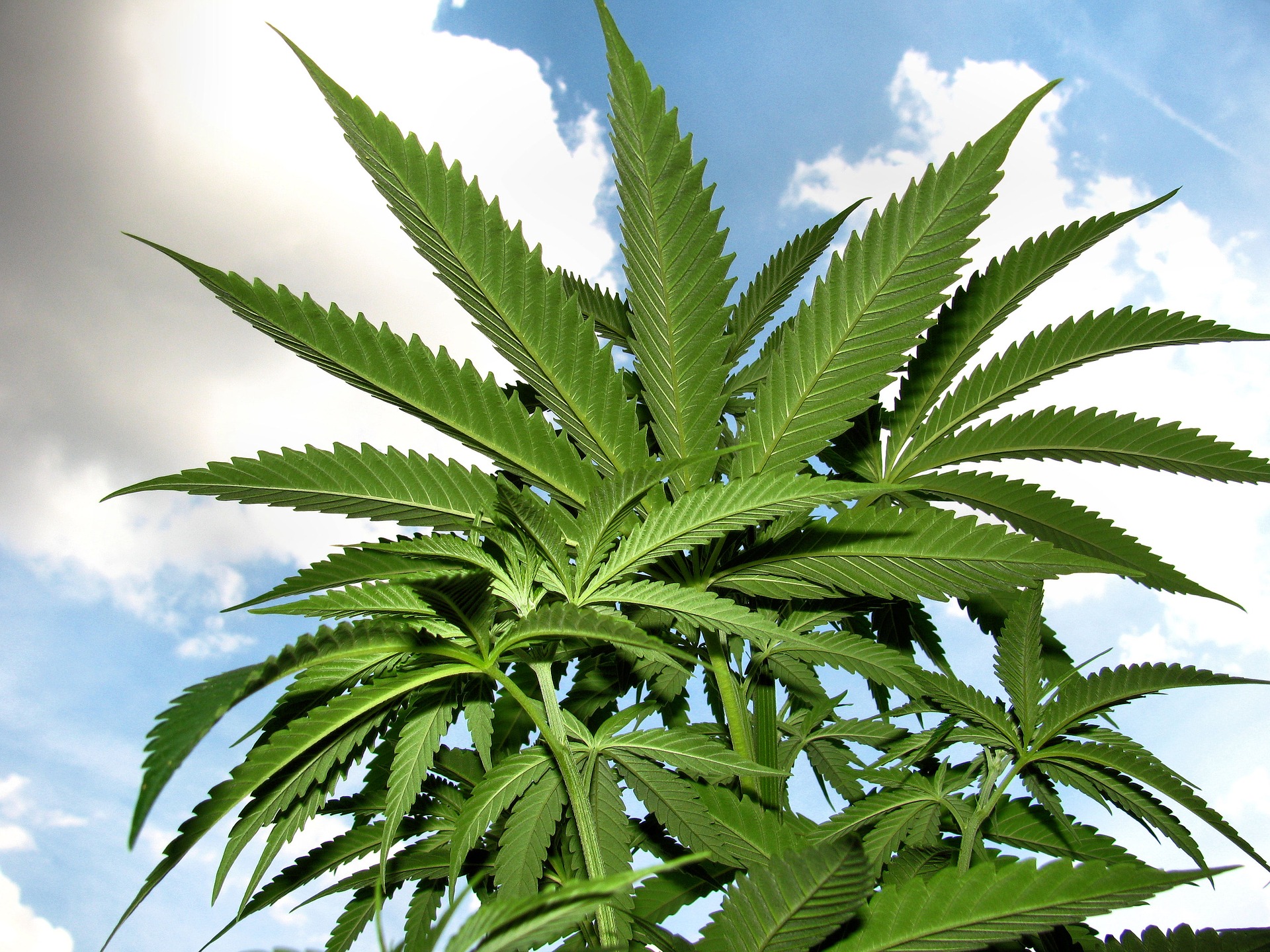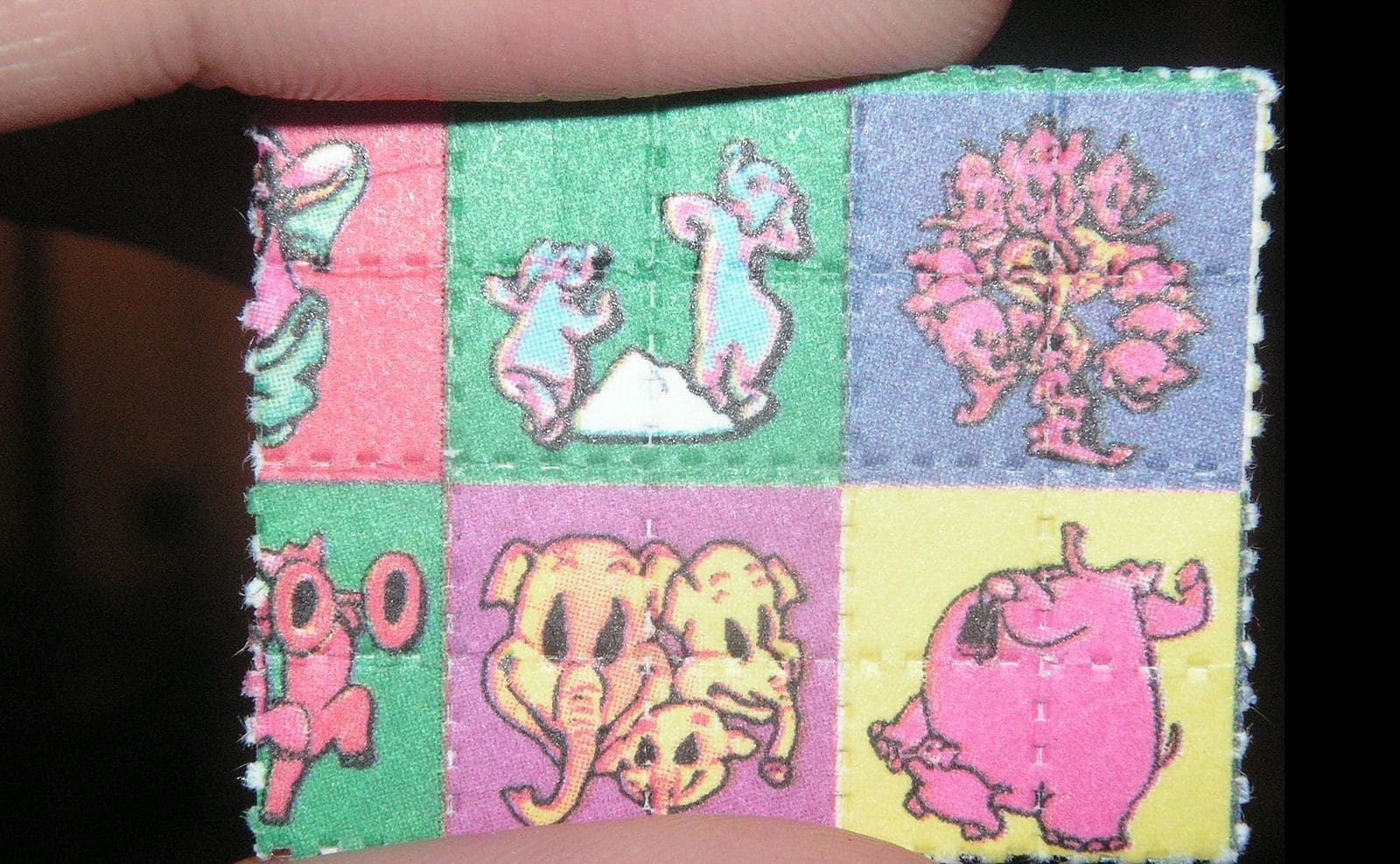
PMDD can be a debilitating disorder, but microdosing with psilocybin may offer relief. Image source: Pixabay user bykst.
Bleary-eyed, you stumble into the kitchen and push the button on your coffee machine. While your daily dose of caffeine is bubbling away, you reach into the drawer for your multi-vitamin and birth control, taking both pills together without a second thought. There are plenty of substances like these we take as part of a daily routine—though adding a psychedelic into the mix might sound a little extreme. But that is just what many people are doing when they engage in the act of microdosing.
Microdosing involves taking small amounts of a tryptamine such as LSD or psilocybin every 3-4 days in order to achieve desired psychological and physical results. The dosage is small enough that it does not cause noticeable hallucinogenic effects but may affect your mood, energy level, or general disposition. Experts compare it to the subtle effects of drinking a cup of coffee or smoking a cigarette. People microdose for all sorts of reasons—increased creativity and concentration, decreased anxiety, or getting rid of cluster headaches—and one reason some women are turning to microdosing is to control Premenstrual Dysphoric Disorder (PMDD).
PMDD is a rare form of extreme PMS which causes both psychological symptoms—such as depression, anxiety, and intense irritability—as well as physical symptoms like fatigue, bloating, muscle cramps, and headaches. PMDD can be difficult to diagnose because it relies on reported symptoms that many gynecologists brush off as the exaggeration of patients. Often, by the time a woman receives a diagnosis of PMDD, she may be desperate for an effective treatment. To further complicate things, the current treatments involve traditional SSRIs for psychological symptoms and pain relievers for physical symptoms, both of which may not be efficient treatments and have many negative side effects. Microdosing with psilocybin is an alternative treatment option that may give provide women relief from PMDD symptoms and greater control over the disorder.
Treating the Psychological Symptoms of PMDD
The main psychological symptoms of PMDD— anxiety, depression, and extreme irritability—all suggest a problem with the serotonin system, which regulates both mood and energy levels. This is why PMDD is generally treated with SSRIs designed to increase the effectiveness of serotonin within an individual’s brain. SSRIs are either taken on a daily basis throughout the month or 1-2 weeks before a woman’s period when PMDD symptoms are strongest. The problem with taking SSRIs daily is that they can cause negative side effects like decreased libido or serotonin syndrome, but taking them only during the peak of PMDD requires a woman’s menstrual cycle to be highly predictable—and many women with PMDD do not have regular cycles.
Psilocybin also activates the serotonin system but works slightly differently than SSRIs. It binds to serotonin receptors in the brain, making the brain think there is more serotonin in your system than there actually is. But it does not increase the actual amount of serotonin, so you will not be at risk of serotonin syndrome when taking psilocybin. This action produces the effects of serotonin, including more stable energy levels, better sleep, and fewer symptoms of depression. At the same time, psilocybin reduces the functioning of the area of your brain that causes anxiety and fear responses, which can help control sensations of irritability, anger, and anxiety.
But the biggest reason psilocybin is likely a better treatment option than current SSRIs is that its effects are more immediate and last longer. With SSRIs, you may have to take them for several months before you can tell whether they are working for you, but people who microdose with psilocybin have noticed a difference within their initial dosing cycle. This could allow you to take psilocybin when you feel PMDD symptoms beginning as opposed to treating constantly throughout the month.
And why microdosing specifically? At larger doses, changes in mood and brain function have been seen to last for a year or longer when treating static depression. But these doses, which can cause non-ordinary states of consciousness lasting half a day, may not be realistic for a monthly treatment option when your mood naturally cycles and needs more nuanced regulation. Microdosing gives the user greater control over how often they take the substance and allows them to specifically target the beginning of a PMDD cycle. Additionally, with regular microdosing over an extended period of time, permanent changes may be possible. However, more research needs to be done in this area before concrete dosage amounts and length of microdosing cycles can be determined to be effective in creating permanent changes.
Treating the Physical Effects of PMDD
Common physical symptoms of PMDD include cramps, muscle pain, and headaches. While these can be treated with current pain relievers, the intensity of these symptoms may require high doses of pain relievers, or they may be treatment resistant. In these cases, psilocybin may be a better treatment method. At low doses, psilocybin acts as a vasoconstrictor, which means it constricts your blood vessels and reduces blood flow to certain areas of your body. This can relieve headaches and reduce inflammation that may be causing cramps or muscle soreness.
Because of the vasoconstriction caused by psilocybin, you may experience slightly increased blood pressure after taking a dose. For PMDD sufferers who experience low blood pressure, this can help regulate your blood pressure by disrupting symptoms of lightheadedness, nausea, fainting, or other PMDD symptoms associated with hypotension.
Treating the Root Causes of PMDD
It is still unclear exactly what causes some women to suffer from PMDD while other women have less troublesome menstrual cycles. Some researchers theorize it is due to a sensitivity to sex hormones such as estrogen and progesterone. Others believe it is due to regulation issues around hormones such as prolactin and cortisol. If it is the latter, then regular microdosing with psilocybin may actually treat the root cause of PMDD because psilocybin has been shown to slightly increase prolactin and cortisol levels. This may lead to better regulation or give researchers a starting point to better understand how to control these hormones in women with PMDD.
If you suffer from PMDD, then you already know the importance of finding effective treatment options. If you do not suffer from PMDD but have experienced PMS, imagine the symptoms of PMS increased to the point that, for a whole week per month, you are unable to work effectively, maintain your relationships, and or possibly even get out of bed. Imagine feeling fury at your toddler for no reason or experiencing an extreme, unfounded fear that your partner will leave you. At the same time, imagine you have a headache that will not go away, extreme fatigue, and muscle cramping that makes the recommended exercise impossible. That is what women with PMDD are dealing with, and this why it is important to look into treatment options that give these women control over their bodies and minds. Based on personal stories and small trials, psilocybin is a promising option. It is time that microdosing and PMDD are researched further and prioritized by the psychedelic community.









